Minneapolis-St.Paul vs. Chicago: Which Is The Best Midwestern City To Live In?
Minneapolis-St. Paul vs Chicago, find out which snowy city is the best one to call home.
This article is more than 2 years old
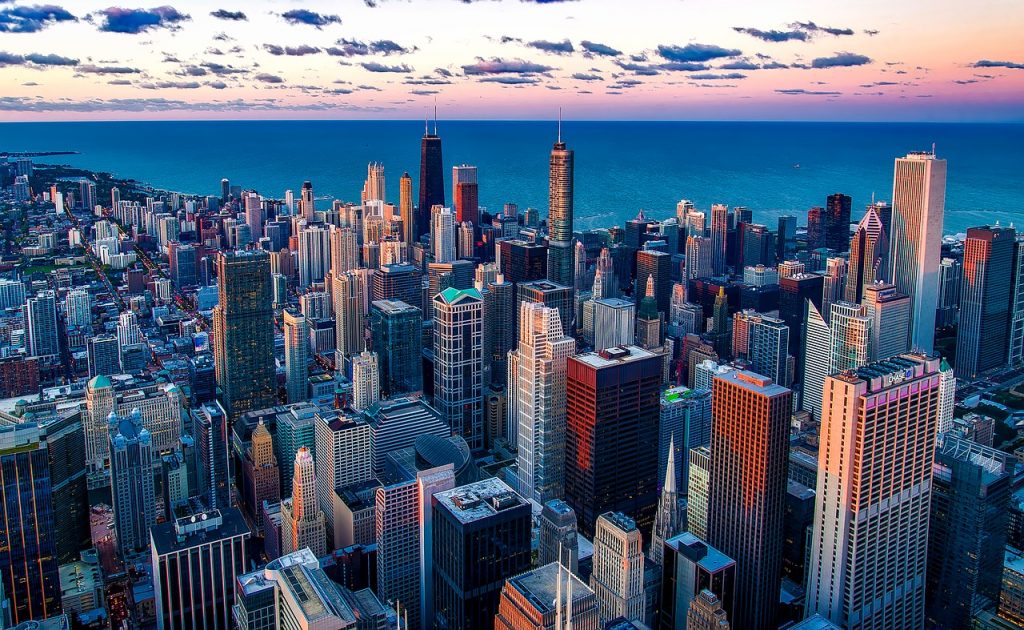
The upper Midwest can be a tough place to live. This mainly stems from the weather. If you are not properly prepared, winters can break you. If you are prepared, though, and you don’t shy away from the sight of snow (and tons of it), then the upper Midwest could work. Take, for instance, Minneapolis-St. Paul (Twin Cities) and Chicago (The Windy City). Both have plenty to offer and both have winters that many call brutal. Which would be a better place to live?
Minneapolis-St. Paul sits squarely in the middle of Minnesota. As it stands, only Alaska, North Dakota, and Maine are, by average, colder states than Minnesota. The Twin Cities are separated by 12 miles, city center to city center. The metropolitan area is comprised of 7 counties, 182 communities, and encompasses nearly 3,000 square miles.
Chicago calls home right on the banks of the largest lake in America – Lake Michigan. The lake contributes mightily to the city’s nickname, The Windy City, or so it has been claimed. It’s true that before the big skyscrapers went up, the frigid winds blowing in off Lake Michigan were famous. Others claim that Chicago got its blustery moniker not because of the lake, but because of how others living outside the city viewed Chicago’s politicians and residents.
“Full of hot air” is just one of the terms used to describe them and many point to the 1890 news article in the New York Sun written by Charles Dana. At the time, both New York and Chicago were fighting to host the 1893 World’s Fair (Chicago won) and Dana in his article told his readers to ignore the “nonsensical claims of that windy city.” Whether this is actually true or not may never be known as the original Dana article has never resurfaced.
On a side note, if you ever want to read some fascinating history about the 1893 World’s Fair in Chicago and one of America’s most notorious serial killers, Dr. Henry Howard Holmes, and how those two intersect, head on over to Amazon and grab yourself The Devil in the White City: Murder, Magic, and Madness at the Fair That Changed America by Erik Larson. It’s a riveting read and highly recommended. It is rumored that Leonardo DiCaprio will portray Holmes in an upcoming mini-series.
Back to Minneapolis-St. Paul and Chicago. They have their pros and their cons. Let’s take a look at the Twin Cities vs The Windy City and see which one would be the best to live in.
CLIMATE
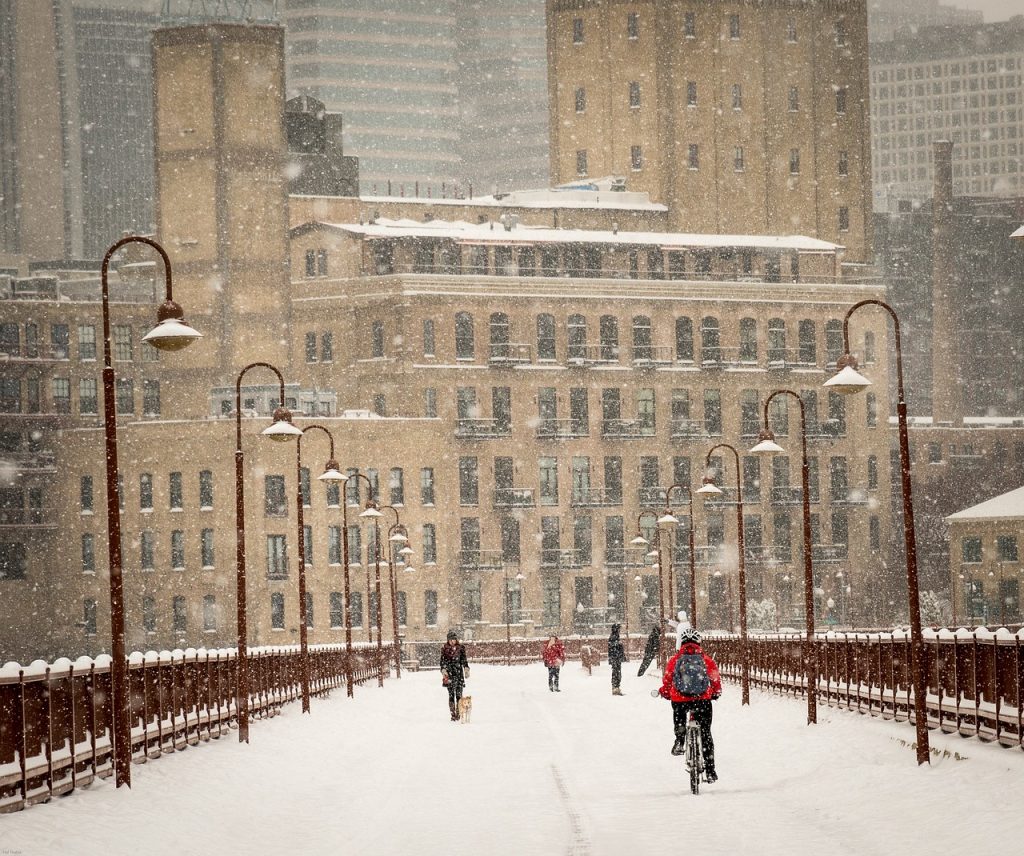
We’ll start with the weather because it can have a great influence on where you may choose to live. When it comes to comparing the Minneapolis-St. Paul area versus the Chicago area, the only word that comes to mind is “cold.” What you’ll see is that there are different levels of cold.
With either place, the sun is not going to be your overwhelming friend. Across the United States, sunny days average 205 throughout the year. In Minneapolis-St. Paul, you will see the sun peek out on an average of 198 days a year while in Chicago, the sun shines brightly on an average of 189 days per year.
You are also not going to have heat to deal with. July is the typical high month in terms of heat and in the Twin Cities, the average high is only 83.7 degrees. Their summers are very mild, which can be attractive to many.
In Chicago, you won’t see much difference in heat. Their July high averages out at 83.9 degrees. If you are a fan of seeing all four seasons, both Minneapolis-St. Paul and Chicago are great places to be.
Now, let’s get to the cool stuff and we will start with the Windy City first. January is the cold month and in Chicago, temps will dip to an average low of 19.2 degrees. They also get a good amount of rain, averaging a little over 38 inches per year. As for snow, they average almost as much snow as they do rain with 35.1 inches of the white stuff per year.
And now for the real “cold.” Winters are not kind to the residents of Minneapolis-St. Paul. January is the brutal month as they will, on average, hit a low of 7 degrees. Who would even want to leave their home and warm fireplace? The Twin Cities also get some rain, averaging 32 inches a year. We hope you like snow if Minneapolis-St. Paul is on your radar because they will see an average of 52.4 inches per year. Get them snow shovels ready.
The bottom line here is that you will love the mild summers. You’ll relish the fact that each city offers all four seasons. Winters, though, can be a beast. Because snow is king in the Twin Cities, Chicago may be a better option.
DEMOGRAPHIC
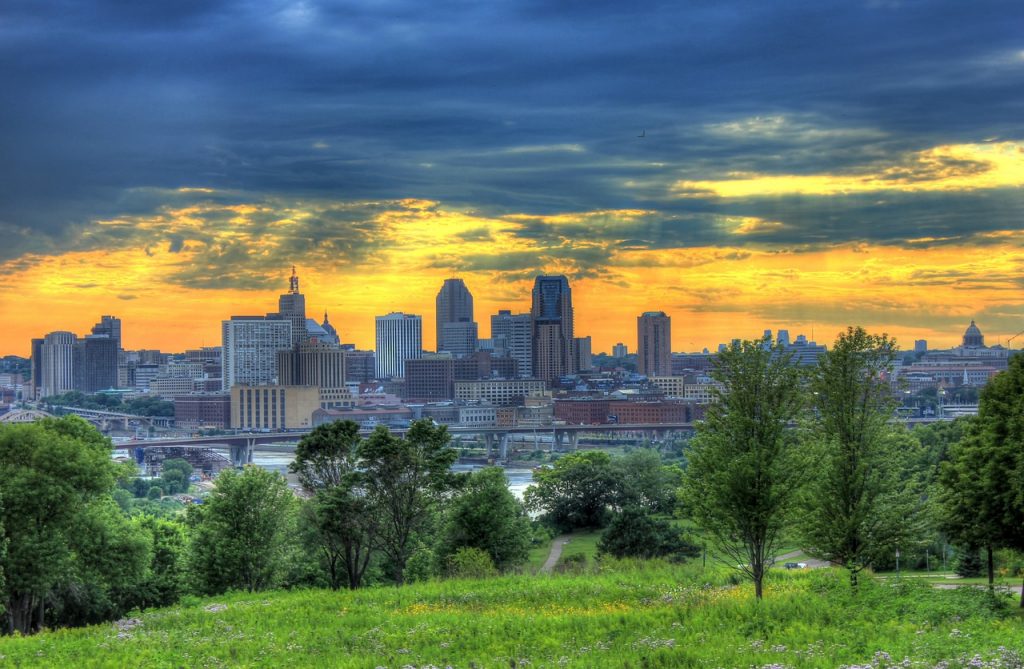
When comparing the size and population between the Twin Cities and the Windy City, you have to take into account that Minneapolis and St. Paul are actually considered to be two separate cities. So, when we pulled these numbers, we had to combine the Twin Cities to make it one.
Together, the Twin Cities boast an enormous population of over 742,000 residents. Over the past decade or so, both cities have grown at a steady pace. Chicago hasn’t grown as much over the past decade, but they still boast a big population. Right now, the city has 2,746,400 residents.
As far as how their populations are broken down, the Twin Cities look like this. 60.3% are Caucasian, 17.65% are African American, 12.3% are Asian, and 9.4% are Hispanic.
In Chicago, you are going to see a more diverse population. 50% are Caucasian, 29.7% are African American, 6.6% are Asian, and 28.8% are Hispanic.
Along with population numbers, we also like to break down city diversity even more. WalletHub is a great source for this as they take a deeper dive into diversity by ranking cities based on measurements such as socioeconomic, cultural, economic, household, and religious diversity. They ranked 501 big cities across the United States. For Minneapolis-St. Paul, WalletHub measured them separately, so we will give you both.
In Minneapolis, their numbers looked like this: Socioeconomic diversity (22), Cultural diversity (130), Economic diversity (442), Household diversity (313), and Religious diversity (44). Overall, Minneapolis ranked #53 of the 501 cities.
St. Paul came in even higher, ranking #28. Their numbers looked this way: Socioeconomic diversity (59), Cultural diversity (69), Economic diversity (357), Household diversity (154), and Religious diversity (131).
Regardless of what you think about Chicago, their diversity numbers are very impressive. Overall, compared to the 501 cities, Chicago ranked at the 10th Most Diverse City in America. Their numbers shook out like this: Socioeconomic diversity (73), Cultural diversity (41), Economic diversity (298), Household diversity (254), and Religious diversity (76). It appears that the Midwest may not be too bad of a place to hang your hat. Just make sure you bring gloves, mittens, scarves, rain jackets, snow gear, and beanies.
INDUSTRY
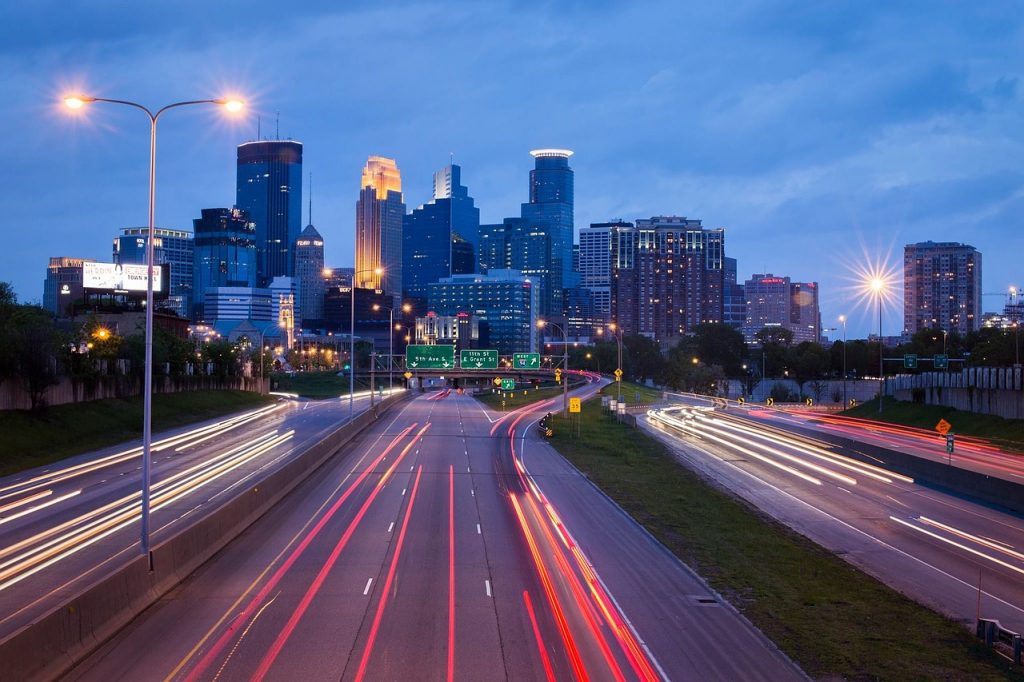
Work. The bane of everyone’s existence. In fact, it has become such a “bane” that thousands have been walking off the job. Not only that but the vaccine mandates President Biden and his cohorts have been trying to implement have made it tough for many choosing not to get one and those choosing not to are finding they no longer have a place of employment. What does this mean in the big scheme of things? Well, it means there are plenty of job openings.
Minneapolis-St. Paul is home to one of the largest and most popular corporations in America – Target, so it only makes sense that their footprint in the Twin Cities is a large one. According to Zippia, they have plenty more great places of employment. Lucas, a construction and engineering firm, is another big business in the city. They also have Coustic-Glo International, Medtronic, Fairview Health Services, and General Mills. If banking is your line of work, US Bank also calls the Twin Cities home. Buffalo Wild Wings is also based in Minneapolis.
Chicago is one of the major hubs in the United States, so it stands to reason that a number of huge conglomerates call the Windy City home. According to Zippia, two of the largest manufacturers of airplanes – Boeing and United – reside in the city. Along with that, the city has Veolia Environmental Services North America, JLL, Grant Thornton, Aon, LKQ, and Hyatt Hotels.
These are only scratching the surface when it comes to big businesses in Chicago. Other Fortune 500 companies in the city are Exelon, Dominion Energy, Archer Daniels Midland, and Motorola Solutions.
Of course, as big as the Twin Cities and Chicago are, there are plenty of other opportunities for employment. You only need to look.
CRIME RATE

As with most cities you may be considering for relocation purposes, the crime rate should be one of your biggest concerns. Unfortunately, the unrest in Minneapolis-St. Paul and crime in general in Chicago have many people concerned and rightfully so.
The crime numbers we are going to look at come from the FBI’s National Incident-Based Reporting System via AreaVibes and have nothing to do with any unrest in either area. Since AreaVibes reports crimes rates separately, we chose to combine both Minneapolis and St. Paul to come up with a Twin Cities total.
The Twin Cities reported a total of 38,961 crimes. This number is 119% over the national average. Of those, 31,616 were property crimes that include vehicle theft, burglary, and theft. The property crimes are 113.5% above the nation’s average. They also reported 7,345 violent crimes. These include assault, robbery, rape, and murder. The number is 145.5% higher than the national average.
Chicago has a bad reputation for crime and the numbers don’t do them any favors. The Windy City reported a total of 106,274 crimes. This is 67% above the nation’s average. If you were wondering how such a large number only reflects a 67% jump, the numbers are based on the population of each city. Of that big number, 80,742 were property crimes. This is only 52% above average. The scary number is the violent crime number of 25,532. This one sits at 143% above our national average.
Neither Minneapolis-St. Paul or Chicago are what one would consider especially safe, so it’s always best to understand your surroundings.
COST OF LIVING
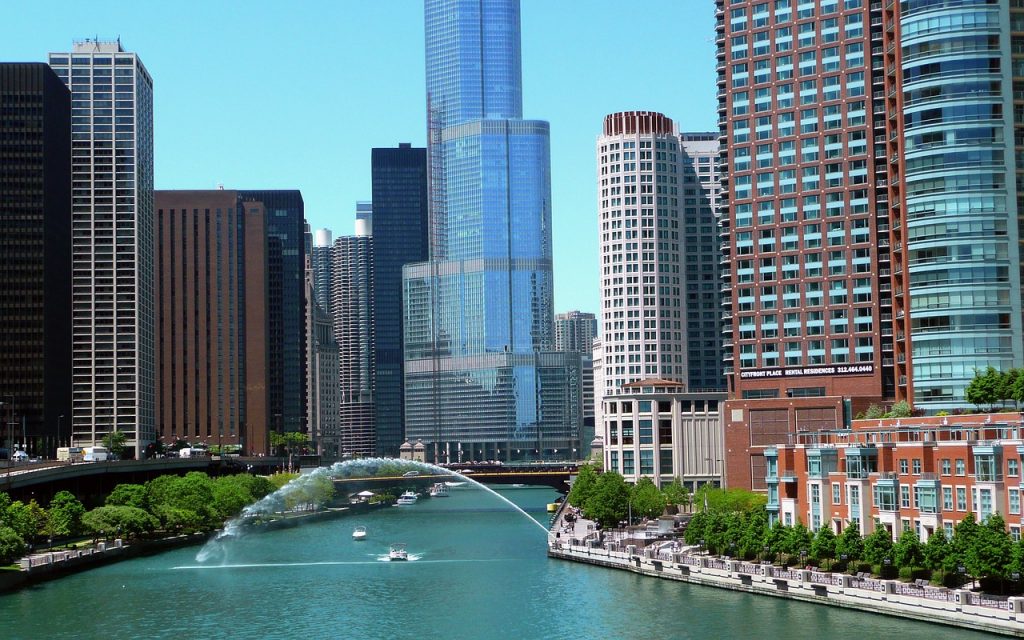
Obviously, along with a cities crime rate comes the importance of its cost of living. This one will be a tough call when comparing the two.
You are going to find housing costs much lower in the Twin Cities than you would in Chicago. A median 2-bedroom apartment in Minneapolis-St. Paul will run you around $1,189 a month. In Chicago, the same apartment will cost $2,210.
If you are looking to make a purchase, you are also going to see more favorable numbers in the Twin Cities. The median price for a 3-bedroom, 2-bath will set you back $387,070. If you are looking for a 3-bedroom, 2-bath in the Windy City, expect to pay on average $513,821. That’s a pretty significant jump for a city with more violent crime.
When you compare the other cost of living prices (food, entertainment, and healthcare) you are going to see they are pretty much a wash. The only cost of living issue you will see a big difference in will be transportation costs throughout the cities. Chicago is going to be more expensive.
LIFESTYLE & CULTURE
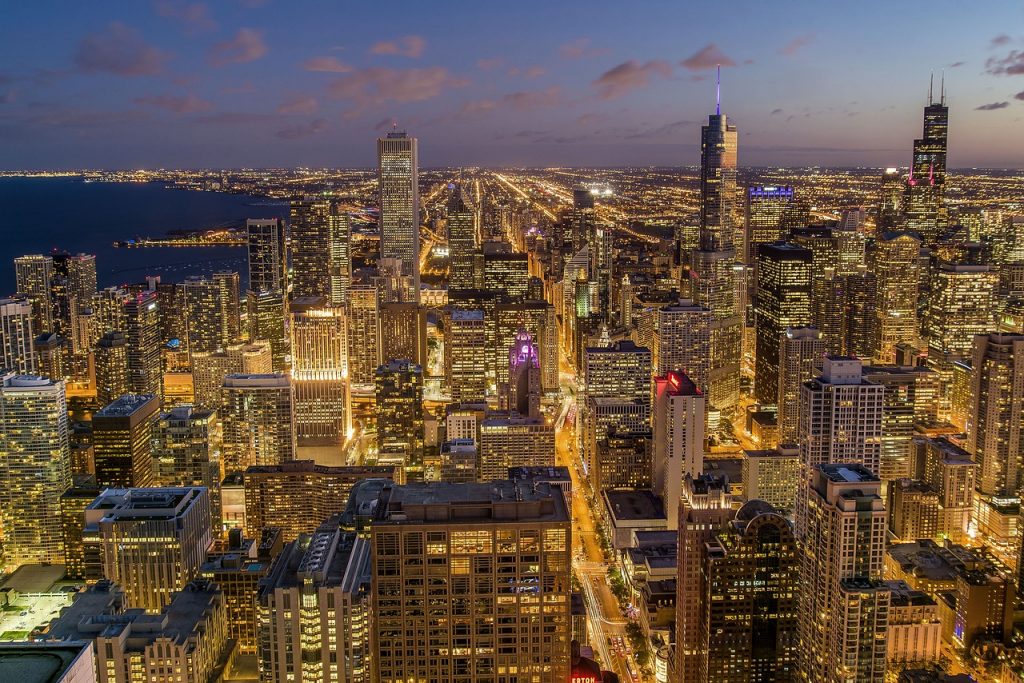
So, how do you compare lifestyle and culture between the Twin Cities and The Windy City? One sits on the shores of the largest body of fresh water in the country while the other is part of a state dubbed “The Land of 10,000 Lakes.” In fact, this is how the Los Angeles Lakers got their name. Before they made the smart move to LA, they were known as the Minneapolis Lakers.
Both cities have an enormous number of attractions, entertainment, and eateries to appease families and couples alike. The Twin Cities can call every professional sport their home. In basketball, they have the Minnesota Timberwolves for the NBA and the Minnesota Lynx for the WNBA. Baseball has the Minnesota Twins. If you are a football fan, then the Minnesota Vikings (the Purple People Eaters) are your team. In hockey, they put the Minnesota Wild on the ice and if somehow soccer is your sport (and we are sorry if it is), they also have the Minnesota United FC to kick around.
There is nightlife and food aplenty in the Twin Cities. If shopping and fun and entertainment are what you seek in one venue, the Mall of America is the largest in the U.S. It covers some 5,600,000 square feet and houses 555 stores. There is an indoor rollercoaster, a Sea World, and just about any store or eatery, you can imagine. If you haven’t had the pleasure to experience it, it is a true wonder.
As far as entertainment goes, Chicago also has it all. As one of the hubs of the country and with as many different cultures that come through the city, the number of different eateries and bars is amazing. You crave it, you’ll find it.
How can you think of Chicago and not understand its sports history? Home to the Chicago Bulls, Michael Jordan, and NBA championships. Let’s not forget the Chicago Bears and one of the more vaunted defenses ever to hit the gridiron, the ’85 Bears. Chicago is also home to the beloved Cubs and the White Sox in baseball. Not to be outdone, they do love some hockey in Chicago as the Blackhawks represent the city in the NHL.
Both cities offer a number of family entertainment destinations. Amusement parks, museums, and movie theaters are just a few things kids will have at their disposal. Let’s not forget, The Twin Cities are smack dab in the middle of the state. You won’t have to go far if the outdoors is in your wheelhouse. Grab a fishing pole and get to fishing. Chicago sits right on Lake Michigan. There are plenty of water activities to be had there as well.
THE CONCLUSION
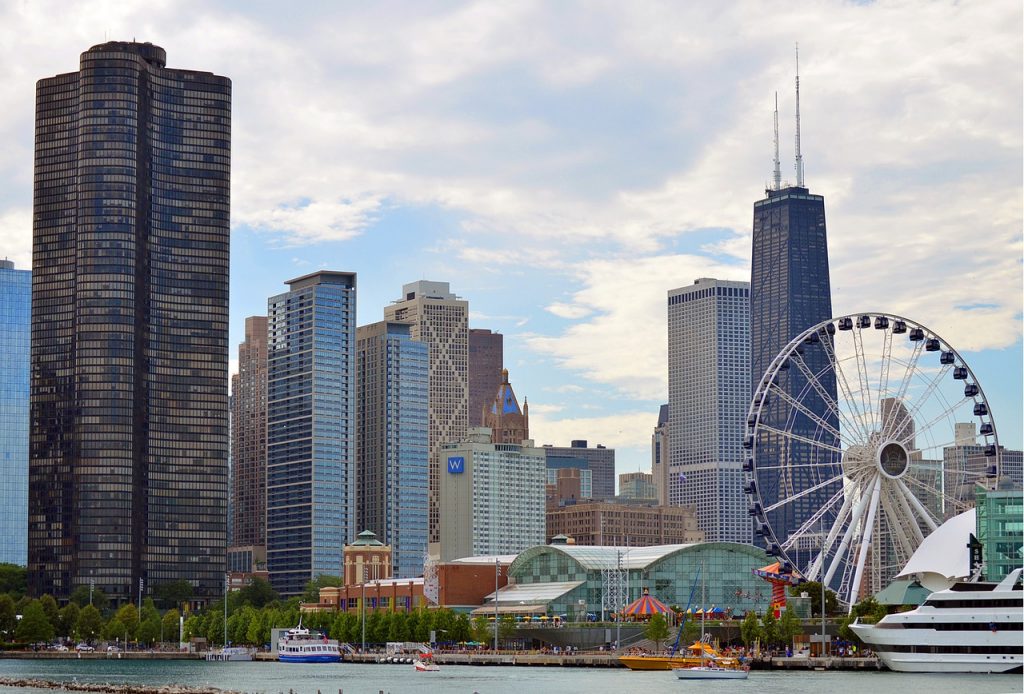
As we mentioned, both cities have their pros, and both have their cons. Weather looks to be a big factor when choosing either. Winters can be, and most often are, brutal.
Sadly, crime rates need to be considered when trying to decide between Minneapolis-St. Paul or Chicago. But this is how it is with any place you might be considering for relocation. In this instance, neither one has the advantage over the other.
The size of both cities allows for a bunch of fun options. It looks like it may come down to personal preference – windy cold or freezing cold.



